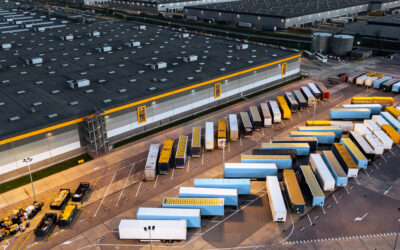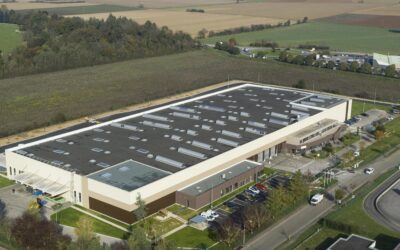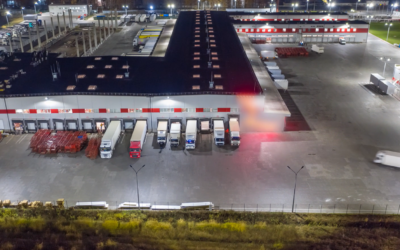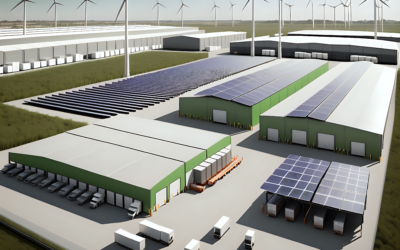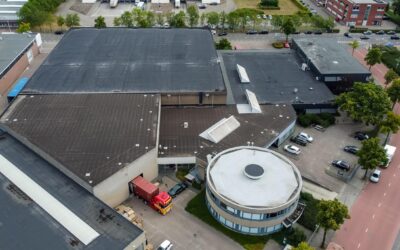Several criteria come into consideration when choosing a warehouse to buy or lease. Obviously a property’s technical features are paramount in any decision, but other factors linked to location may be even more important. The following is a summary of the key considerations:
Proximity to Carrier and Transportation Services
The proximity to major transportation networks will streamline the shipping process. The optimal warehouse location will be right balance between distance to manufacturing plant and proximity to customers. The objective is invariably to be near the delivery area, with immediate access to main roads or motorways – while minimizing any traffic issue, which is more difficult as the demand increases with the population density. All these carrier issues will heavily impact total transportation costs, which represent more than half of the logistic costs of FMCG companies.
Desired Consumer Base
To offer the best possible customer experience, it is important to position your warehouses as close as possible to your consumer base: reduced time to delivery and shipping costs will increase customer satisfaction and loyalty.
Targeting densely-populated as well as wealthy regions when choosing a warehouse location is a priority as eCommerce demand is likely to be higher there than anywhere else. As a consequence, last-mile deliveries are positively correlated with population density.
Workforce availability and stability
Not every geographic location offers the same workforce quality, pricing and stability. In densely populated cities or regions, low workforce availability and high demand will drive salaries up and increase the turnover rate. The optimal location in terms of workforce availability is the right balance between income levels and educational attainment.
This might change in the next year, though, as robots tend to replace human workers. This is in particular the case in warehouses. Companies that have enough stability in their activity can easily automate processes – but the shift to robots require heavy financial investments. As drones and robots become cheaper and more accessible, the workforce parameter might be heavily challenged in the future when it comes to deciding on the optimal warehouse location.
To shift to robots in the warehouse, the company needs to have a stable activity as automation requires a high level of investment and workforce generally remains cheap. The payback needs to be quick to have the return on investment but it depends on the activity.
Longevity of storage requirements
Some products require specific storage accommodation: this is typically the case for flammable, fragile or hazardous products. But more generally, it is important to estimate the projected growth of your business in order to select warehouses that will be flexible enough to withstand changes in your future supply chain requirements. Covid-19 has served as a true litmus test for supply chain resilience: will the warehouse be able to accommodate the (sometimes unpredictable) growth or shrinking of your business ? If the product is seasonal such as chocolate, it is possible to consider finding a location that offers seasonal leases ? Leasing is often a good solution to have the necessary flexibility in storage space.
GDP per capita in PPS* (EU=100)
≥ 128
105-127
84-104
≤ 83
Yield \ Rent
Highest level
Lowest level
*Purchase Power Standards
*Purchase Power Standards
*Purchasing Power Standards
Choosing a warehouse location requires extensive research and planning, and the consideration of various evolving factors. The location of the warehouse should be mutually beneficial for the investor as well as for the user, overall providing a more efficient, effective, and profitable experience.
Notes
- ShipHawk
- Establish, Inc. / HWD & Grubb & Ellis Global Logistics
- Eurostat
- Catella Logistics Map Europe
- DAA Network

